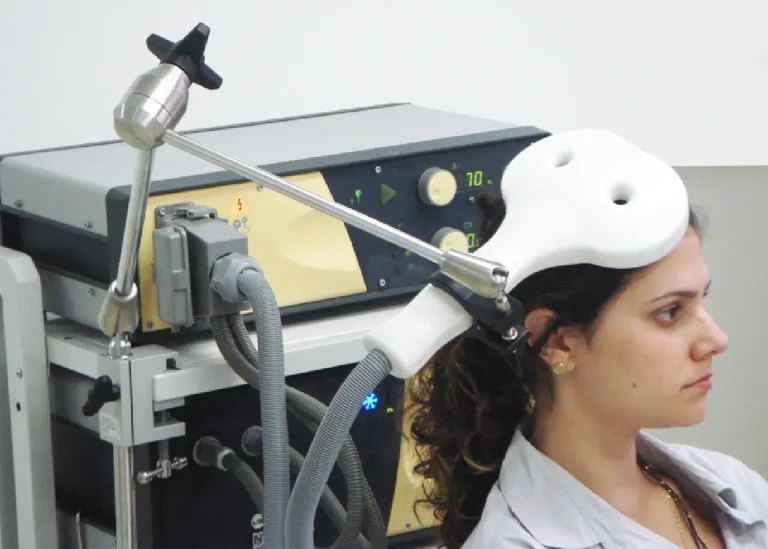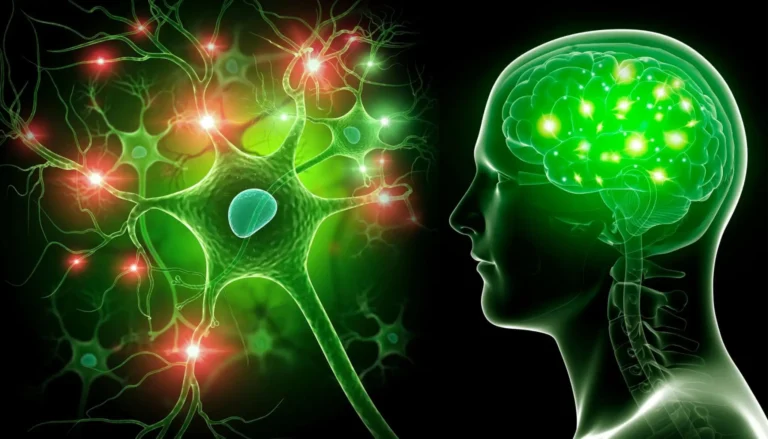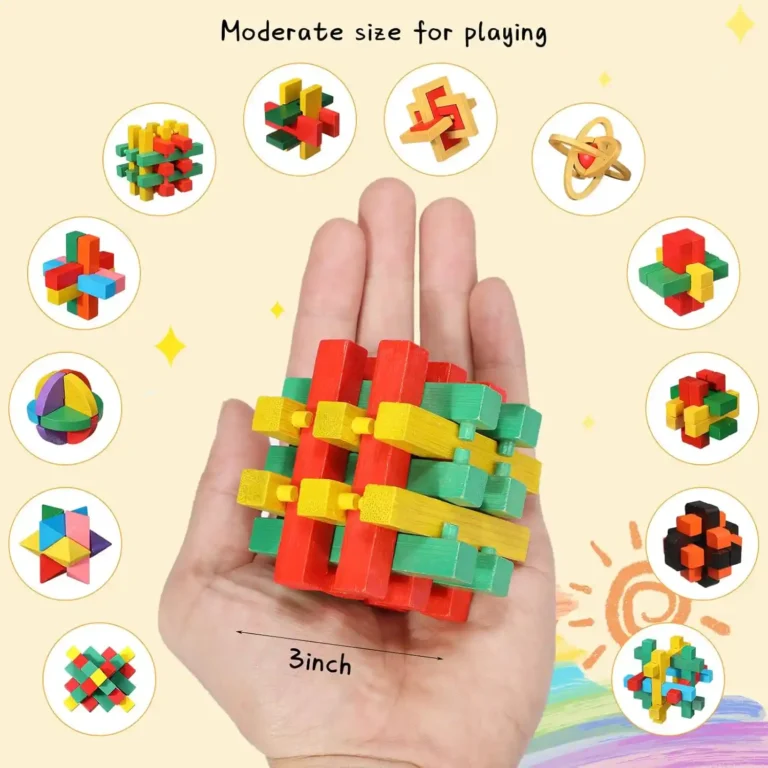Introduction
Neuroplasticity exercises, improve the brain’s ability to reorganize itself by forming new neural connections throughout life, is a fundamental aspect of cognitive health and development. This remarkable capacity allows the brain to adapt to new experiences, learn new information, and recover from injuries.
Engaging in specific neuroplasticity exercises can enhance this ability, promoting brain health and improving cognitive function. This article explores various neuroplasticity exercises, their mechanisms, benefits, and practical applications for individuals seeking to optimize their brain’s potential.
As we navigate through life, understanding and harnessing neuroplasticity can lead to significant improvements in memory, learning, and overall mental well-being.
By incorporating targeted exercises into daily routines, individuals can actively promote brain health and resilience.
Stay Sharp with our Trivia game generator or Fun Facts game for you mental exercises and mental sharpness!
Understanding Neuroplasticity
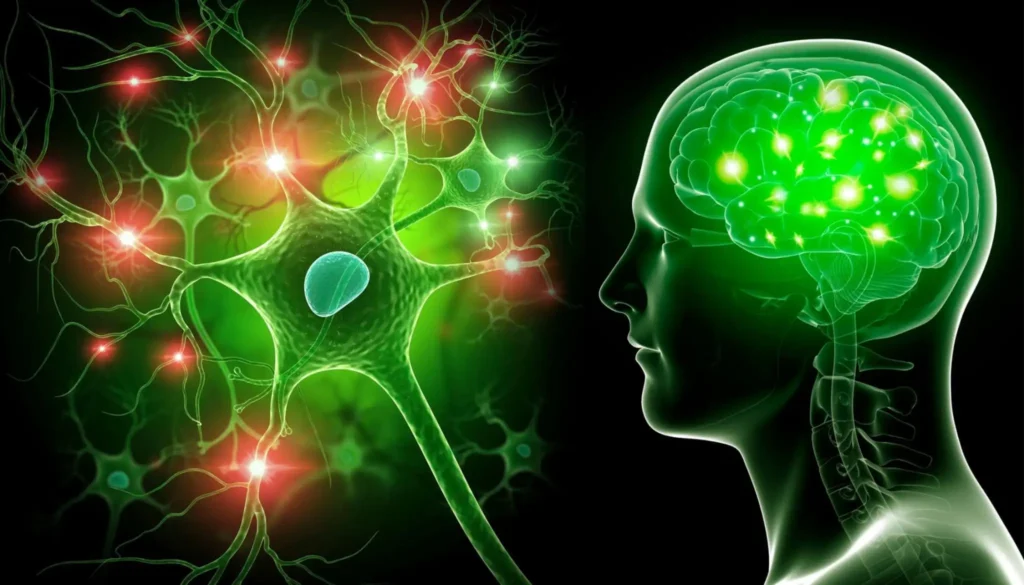
What is Neuroplasticity?
Neuroplasticity refers to the brain’s ability to change and adapt in response to experiences, learning, and environmental factors.
It encompasses various processes, including the strengthening or weakening of synapses, the growth of new neurons (neurogenesis), and the reorganization of neural pathways.
Neuroplasticity is a lifelong process, although it is most pronounced during critical periods of development, such as childhood and adolescence.
The Mechanisms of Neuroplasticity
Neuroplasticity is driven by several mechanisms, including:
- Synaptic Plasticity: The ability of synapses to strengthen or weaken over time, influencing communication between neurons.
- Neurogenesis: The generation of new neurons from neural stem cells, primarily occurring in the hippocampus.
- Dendritic Growth: The formation of new dendritic spines, which are small protrusions on neurons that facilitate synaptic connections.
These mechanisms allow the brain to adapt to new information, recover from injuries, and enhance cognitive abilities.
Neuroplasticity Exercises to Enhance Brain Function
Engaging in specific exercises can promote neuroplasticity and improve cognitive function. Here are some effective neuroplasticity exercises:
1. Mindfulness Meditation
Mindfulness meditation is an effective practice that has been shown to impact brain development significantly. By focusing on the present moment and accepting it without judgment, individuals can reshape their brain’s neural connections.
How to Practice Mindfulness Meditation:
- Find a quiet, comfortable place to sit or lie down.
- Close your eyes and take a few deep breaths to center yourself.
- Concentrate on your breathing, feeling the sensations of your movements as you inhale and exhale.
- When your thoughts wander, gently bring them back to your breathing.
- Practice this for a few minutes daily, gradually increasing the time.
“Mindfulness is a way of befriending ourselves and our experience.” – Jon Kabat-Zinn
2. Learning a New Skill
Learning new skills expands your knowledge while also stimulating neuroplasticity. When you start a new activity, your brain makes new connections and strengthens old ones.
Steps to Acquire a New Skill:
- Choose a skill that interests you, such as singing, painting, or learning a new language.
- Dedicate time every day or week to practice your chosen skill.
- Break the skill into manageable steps and master each one before moving on.
- Embrace challenges and persevere even when they are difficult.
- Celebrate your accomplishments and progress along the way.
3. Cognitive Training
Cognitive training exercises are designed to improve different elements of cognitive function, such as memory, attention, and problem-solving abilities.
Activities to Enhance Cognitive Function:
- Engage in puzzles, crosswords, Sudoku, or other brain teasers that challenge your cognitive abilities.
- Explore brain-training apps and video games that target specific cognitive skills.
- Practice mindfulness throughout the day to enhance your focus and attention.
- Read books or engage in discussions that stimulate critical thinking and intellectual curiosity.
4. Physical Exercise

Physical activity is not only beneficial for your body but also for your brain. Regular aerobic exercise increases blood flow to the brain, promoting the growth of new neurons and enhancing cognitive function.
Recommended Physical Activities:
- Aim for at least 150 minutes of moderate aerobic activity each week, such as walking, running, swimming, or cycling.
- Incorporate strength training exercises to support overall fitness and brain health.
- Engage in activities that require coordination and balance, such as dancing or yoga.
5. Visualization Techniques
Visualization techniques involve creating mental images to enhance memory and learning. Mentally rehearsing information or visualizing concepts, individuals can strengthen neural connections associated with that information.
How to Practice Visualization:
- When learning new information, create vivid mental images that represent the concepts.
- Use diagrams, mind maps, or sketches to visualize relationships between ideas.
- Practice guided imagery exercises that encourage relaxation and mental clarity.
6. Social Interaction

Engaging in social interactions is essential for emotional well-being and cognitive health. Positive social interactions stimulate brain activity and promote neuroplasticity.
Ways to Enhance Social Interaction:
- Participate in group activities, clubs, or community events to foster connections and emotional intelligence.
- Engage in meaningful conversations with friends and family to practice communication skills.
- Volunteer for community service to meet new people and develop social networks.
7. Brain Games for Interaction
Brain games are activities designed to challenge cognitive abilities and improve mental function. These games can be valuable tools for enhancing neuroplasticity, as they often require teamwork, communication, and problem-solving skills.
See our shop for more brain games.


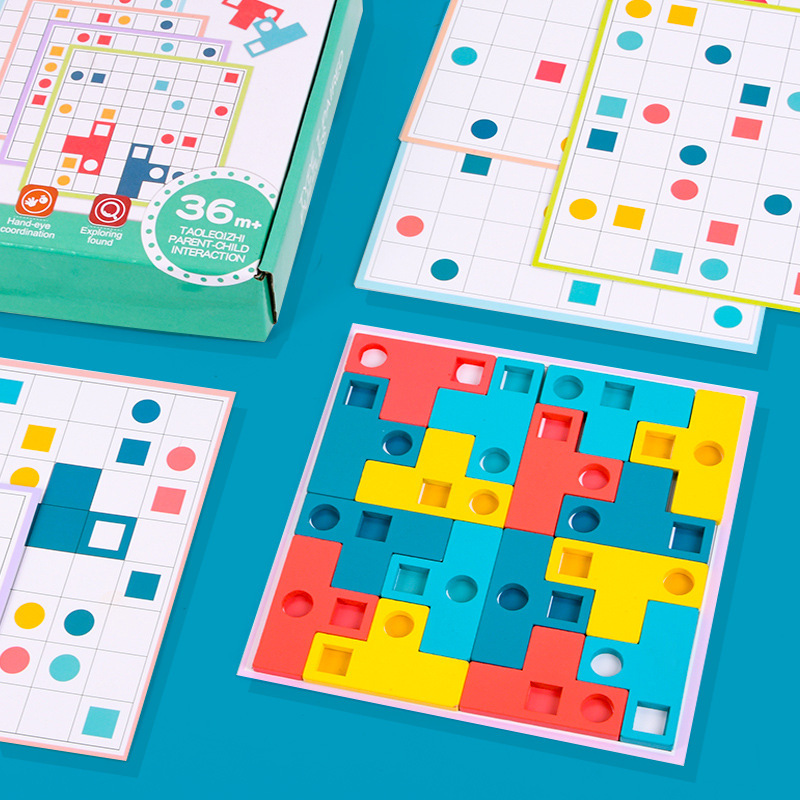

| Game Type | Description | Benefits |
|---|---|---|
| Puzzles | Engaging in jigsaw puzzles or logic puzzles encourages critical thinking and collaboration. | Enhances problem-solving skills |
| Trivia Games | Playing trivia games can enhance knowledge while promoting friendly competition and social interaction. | Boosts teamwork and communication |
| Escape Rooms | Participating in escape room challenges requires teamwork, communication, and problem-solving skills. | Strengthens team dynamics |
| Board Games | Classic board games like Scrabble or chess stimulate strategic thinking and social interaction. | Encourages strategic thinking |
| Online Brain Games | Interactive platforms offer various brain games that challenge memory, attention, and cognitive flexibility. | Provides cognitive stimulation |
8. Art and Creativity
Engaging in creative activities such as drawing, painting, or playing a musical instrument can stimulate neuroplasticity. These activities encourage self-expression and cognitive engagement.
Benefits of Artistic Activities:
- Enhances problem-solving skills and encourages innovative thinking.
- Promotes emotional expression and reduces stress.
- Stimulates various areas of the brain, fostering connectivity and creativity.
9. Learning a Musical Instrument
Learning to play a musical instrument involves several complex processes, including memory, attention, and emotional processing. This activity has been shown to enhance neuroplasticity significantly.How to Get Started:
- Choose an instrument that interests you, such as the piano, guitar, or violin.
- Dedicate regular practice time to develop your skills.
- Consider taking lessons or using online resources to guide your learning.
Quote: “Music can change the world because it can change people.” – Bono
10. Take Naps
Short naps can enhance neuroplasticity by promoting the growth of dendritic spines, which act as crucial connectors between neurons. A brief afternoon nap of around 20 minutes can elevate your neuroplasticity potential.
Benefits of Napping:
- Improves memory consolidation and cognitive function.
- Reduces fatigue and enhances alertness.
- Supports emotional regulation and stress management.
Incorporating Neuroplasticity Exercises into Your Routine
To maximize the benefits of neuroplasticity exercises, it’s essential to incorporate them into your daily routine consistently. Here are some tips:
- Start small: Begin with just a few minutes of practice each day and gradually increase the duration as you become more comfortable.
- Mix it up: Engage in a variety of exercises to challenge different aspects of your brain and maintain interest.
- Set reminders: Use alarms, calendars, or habit-tracking apps to remind yourself to practice your chosen exercises regularly.
- Track your progress: Keep a journal or use an app to record your progress and celebrate your achievements along the way.
- Seek support: Engage friends, family, or a community of like-minded individuals to share your journey and stay motivated.
Remember, the key to unlocking the full potential of neuroplasticity is consistency and dedication.
By making neuroplasticity exercises a regular part of your lifestyle, you can enhance your cognitive abilities, promote brain health, and enjoy a more fulfilling life.
Conclusion
Neuroplasticity is a powerful phenomenon that allows the brain to adapt, learn, and recover throughout life. Engaging in specific neuroplasticity exercises can enhance cognitive function, promote brain health, and improve overall well-being.
Incorporating practices such as mindfulness meditation, learning new skills, cognitive training, physical exercise, and social interaction, individuals can actively stimulate their brain’s capacity for growth and change.
Continuous exploration of the potential of neuroplasticity, it becomes increasingly clear that our brains are not fixed entities but rather dynamic systems capable of transformation. By prioritizing neuroplasticity exercises in our daily routines, we can unlock our full cognitive potential, enhance our learning abilities, and promote resilience against cognitive decline.
Investing in neuroplasticity is not just about improving memory; it is about fostering a lifelong commitment to learning and personal growth.
Embracing the power of neuroplasticity, individuals can cultivate a sharper, more adaptable mind that thrives in an ever-changing world.
Frequently Asked Questions (FAQs)
What is neuroplasticity?
Neuroplasticity is the brain’s ability to reorganize itself by forming new neural connections throughout life, allowing for adaptation, learning, and recovery.
How does neuroplasticity work?
Neuroplasticity involves structural changes in the brain, such as the growth of new neurons and synapses, as well as functional changes in neural pathways that enhance cognitive abilities.
Can neuroplasticity occur at any age?
Yes, neuroplasticity can occur at any age, although it is most pronounced during critical periods of development. Lifelong learning and engagement in stimulating activities can promote neuroplasticity throughout life.
What are the benefits of promoting neuroplasticity?
Promoting neuroplasticity can enhance learning and memory, aid recovery from brain injuries, improve mental health outcomes, combat age-related cognitive decline, and enhance emotional regulation.
How can I promote neuroplasticity in my daily life?
Promoting neuroplasticity is similar to memory improvement and can be done by engaging in lifelong learning, practicing mindfulness, staying physically active, maintaining a balanced diet, fostering social connections, getting adequate sleep, and challenging your brain with puzzles and games.
Is neuroplasticity relevant for mental health treatment?
Yes, neuroplasticity is fundamental to various therapeutic approaches for mental health disorders. Techniques such as cognitive-behavioral therapy (CBT) and mindfulness-based interventions leverage neuroplasticity to promote positive changes in brain function.
What role does exercise play in neuroplasticity?
Regular physical exercise increases blood flow to the brain, promotes the growth of new neurons, and enhances cognitive function, all of which contribute to improved neuroplasticity.
How does stress affect neuroplasticity?
Chronic stress can negatively impact neuroplasticity and cognitive function. Implementing stress-reduction techniques can help mitigate these effects and promote brain health.
Can diet influence neuroplasticity?
Yes, a balanced diet rich in nutrients supports brain health and neuroplasticity. Foods high in antioxidants, omega-3 fatty acids, and essential vitamins are particularly beneficial for cognitive function.
What are some effective brain-training exercises?
Effective brain-training exercises include puzzles, memory games, learning a new language, and engaging in activities that challenge your cognitive abilities.
References
- Kolb, B., & Gibb, R. (2011). Brain plasticity and behavior. Annual Review of Psychology, 62, 1-25. https://www.annualreviews.org/doi/abs/10.1146/annurev.psych.121208.131159
- Doidge, N. (2007). The Brain That Changes Itself: Stories of Personal Triumph from the Frontiers of Brain Science. Penguin Books.
- Cramer, S. C., & Bastings, J. (2019). Neuroplasticity and recovery after stroke. Nature Reviews Neurology, 15(1), 1-15. https://www.nature.com/articles/s41582-018-0094-7
- Hensch, T. K. (2005). Critical period plasticity in local cortical circuits. Nature Reviews Neuroscience, 6(11), 877-888. https://www.nature.com/articles/nrn1787
- Zatorre, R. J., Fields, R. D., & Johansen-Berg, H. (2012). Plasticity of the human brain: From the synapse to the system. Nature Reviews Neuroscience, 13(7), 494-506. https://www.nature.com/articles/nrn3245
